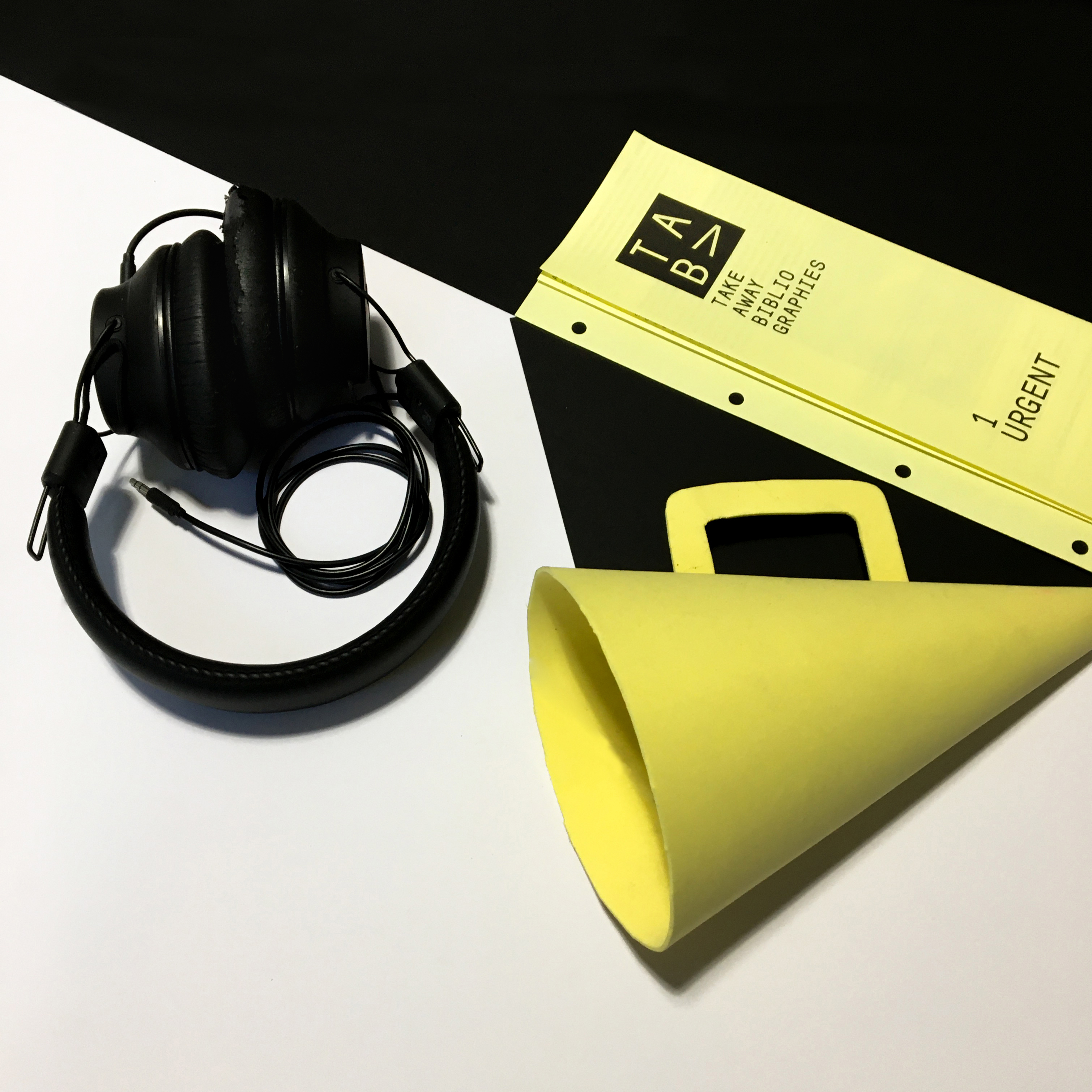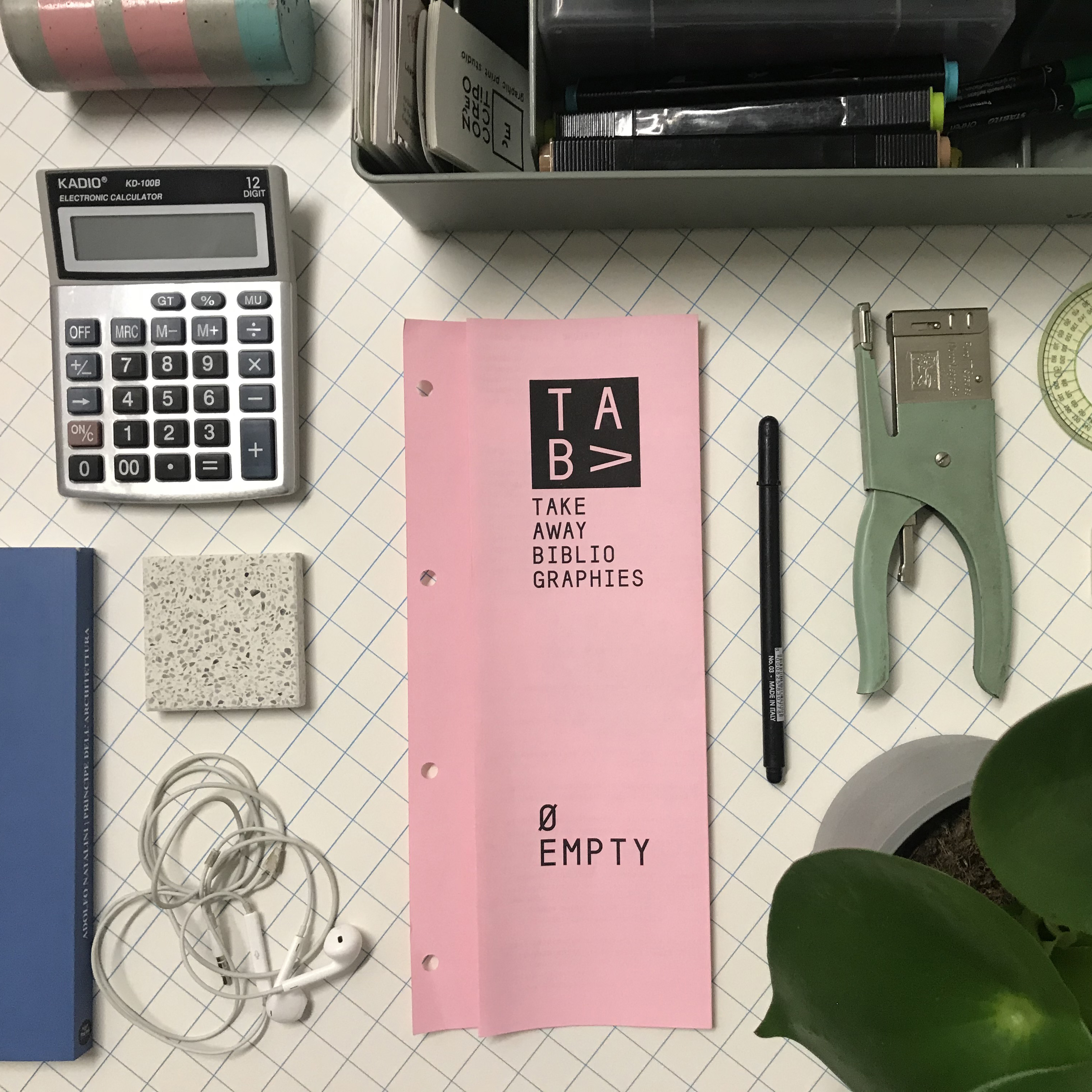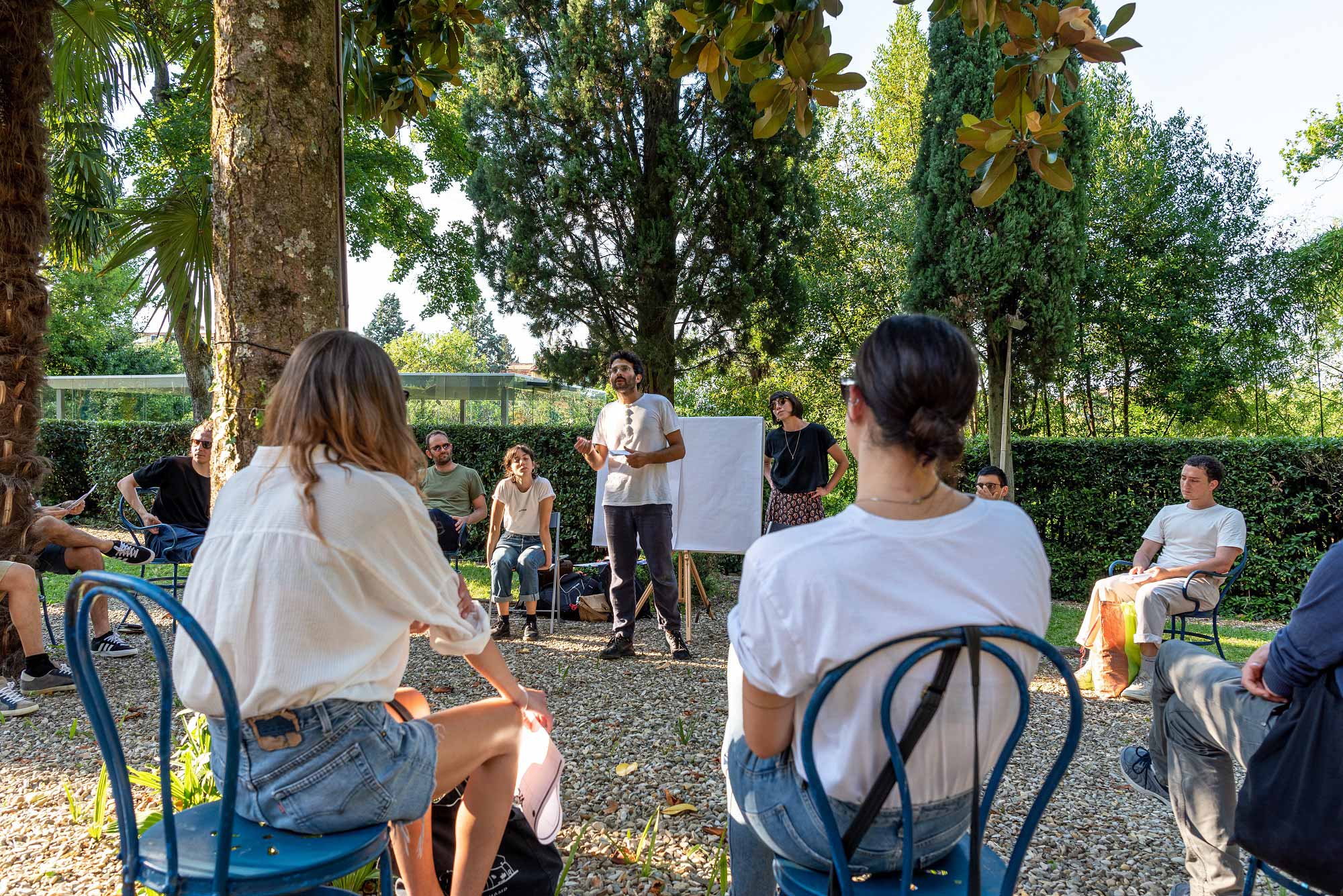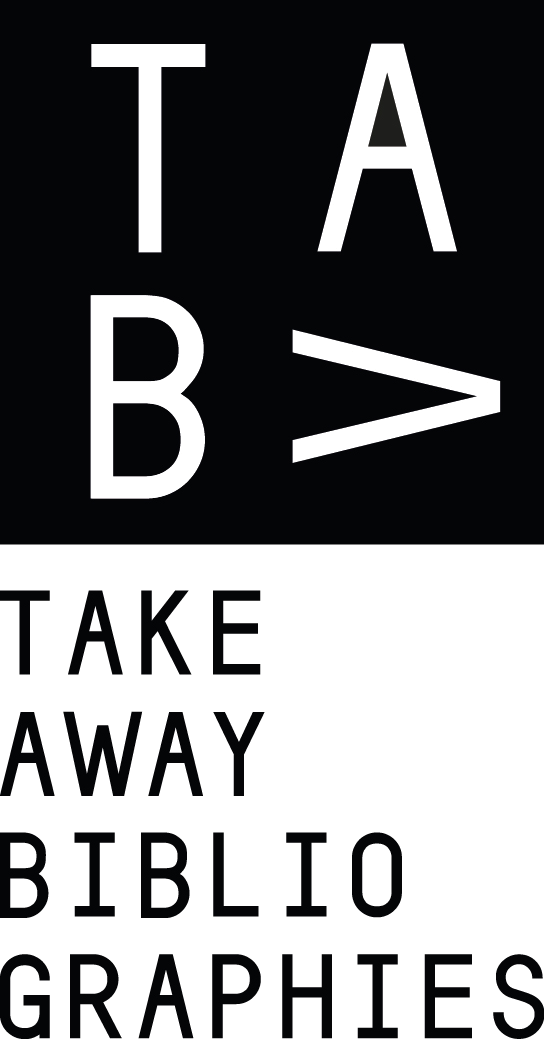

ABOUT TAB
TAB | Take Away Bibliographies is an editorial research project dedicated to the collaborative creation, collection and sharing of multimedial and transdisciplinary bibliographies. TAB has been conceived by the homonymous, multidisciplinary and Florence based-collective in 2019.
In TAB, we turn bibliographies into tools to spark non-productive, specultive thinking and collective debate. We conceptualize the creation and sharing of bibliographic lists as an act of presence, resistance and existence a way to open ourselves to the others.
In doing this, the re-semantization of one of the most common research activities becomesa coral act outside academic constrictions.
TAB introduces a common ground to re-evaluate individual and collective agency through informal learning processes and a space for sharing and inspiring non linear, not-productive knowledge.
WE INTERROGATE
Who decides what we can or must read?
How can we make reading an activity directed to research on ourselves and others?
How do people build their own bibliography around a word, a topic, a concept, a phenomenon?
When do people feel satisfied with the sources collected to approach a word, a topic, a concept, a phenomenon or an opinion about it?
How can we make reading an activity directed to research on ourselves and others?
How do people build their own bibliography around a word, a topic, a concept, a phenomenon?
When do people feel satisfied with the sources collected to approach a word, a topic, a concept, a phenomenon or an opinion about it?



HOW IT WORKS
Every issue offers a multidisciplinary bibliography realized by six different contributors starting from a floating-word. In doing this, the re-semantization of one of the most common research activities becomes in our project a coral act outside academic constrictions. TAB introduces a common ground to re-evaluate individual and collective agency through informal learning processes and a space for sharing and inspiring nonlinear, not-productive knowledge.
METHOD AND MEDIUM
TAB uses fanzines, both in digital and paper formats, as medium to distribute bibliographies to random users and to move into unexpected online and offline places.
Every self-published issue offers a multidisciplinary bibliography realized by six different contributors starting from a floating-word.
These zines are created through the following steps:
1) word selection
2) call for bibliographies
3) editing
4) publication
Morevoer, TAB co-ideates, produces and releases fanzine issues dedicated to deepen people's understanding of arts and cultural programs produced for festivals and exhibitions organized by art institutions and cultural producers and artists.
x![]()

NOT
JUST
A ZINE
Every step leading to the creation of a TAB zine has been taught as a collective practice. TAB proposes workshops, talks, performances connected to research practices according to the number of people and the specific audience we are working with.
read more ︎︎︎TEAM
Rita Duina - Concept/founderCultural professional and researcher, co-design expert. Currently freelancing as audience engagement specialist for contemporary arts dedicated institutions.
Azzurra Gasparo - Curator/communication
Art historian and artistic curator with experience in the museum sector in the field of mediation and education. She is currently involved in the enhancement of historical and cultural heritage.
CONCRēTiPO - Zine layout design/
typographic printing
CONCRēTiPO is a graphic design and printing studio funded by Giuseppe di Carlo and Linda Cuscito, two professional designers who share the passion for experimentation, design research. The studio is based in Florence and it operates around issues of editing materials and techniques, prototyping, fine art printing, development and merchandising.
Chiara Vacirca - Concept/founder
Artistic curator, activist and PhD student in Human and Social Sciences at the University of Salento.
Costanza Mirto - Website development
Graduated in marketing and communication of Fashion, together developed a strong passion for Art so she qualified with 2 masters in Art management and Art curator. Started working as a freelancer with the dream to apply her digital skills to cultural field.
Andrea Del Bono - Editing and translation
Obtained his PhD in Culture and Society (Western Sydney University). His research work focuses on methods for cultural research, migration and place-making.
STATUTO
